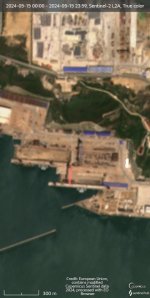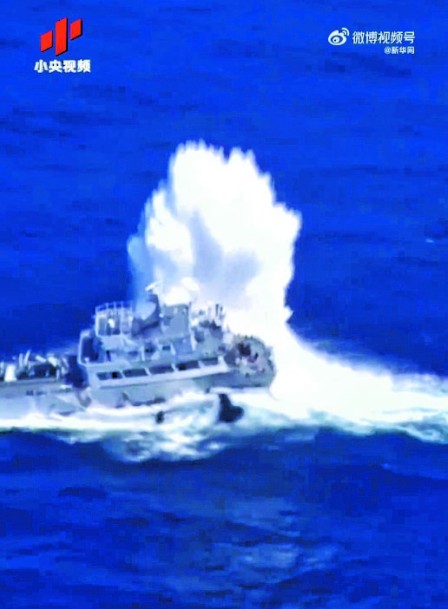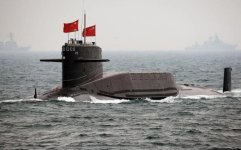Original official announcement! China will develop a "nuclear-based" submarine force as its main force underwater !
2024-06-20 18:20 Source: I am Big Ivan
Published in: Beijing
On the occasion of the 70th anniversary of the founding of the People's Navy Submarine Force, the National Defense Military Channel of China Central Radio and Television came to a certain naval submarine unit in the northern theater to explore the place where the Chinese Navy's submarine force set sail.
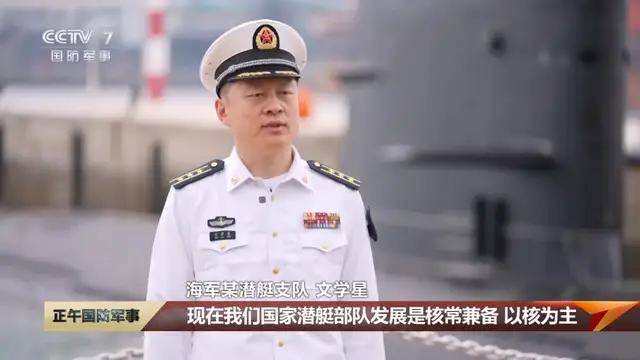
In this report, the chief official of the ministry who was interviewed revealed an important piece of information to the outside world - the current equipment construction of the Chinese Navy's submarine force has changed to "both nuclear and conventional, with nuclear as the main focus." This may This is the most authoritative and valuable news we have heard about the construction of submarine forces in the past ten years or so.
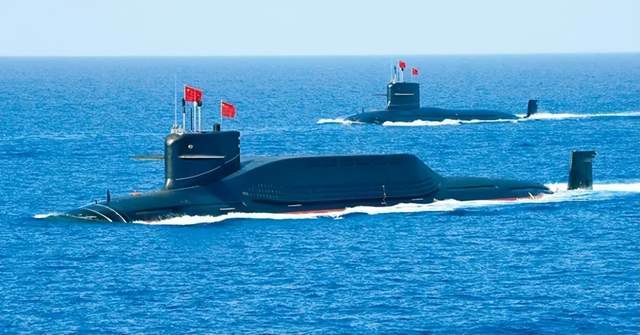
Why the Chinese Navy's submarine force's main battle equipment construction ideas have undergone a major change, from the past "conventional as the main" to the current "nuclear and conventional as both nuclear and conventional, nuclear as the main". This reflects the Chinese Navy's submarine force in the military What are the strategic considerations and what impact will they have?
Development of the submarine force
Judging from the equipment development history of the Chinese Navy's submarine force, in a sense, the reason why the Chinese Navy's submarine force has maintained an equipment pattern dominated by conventionally powered submarines for a long time is largely due to helplessness. The existing equipment There is also helplessness in terms of naval strategy:
In the field of equipment, the Chinese Navy's progress in developing nuclear-powered submarines is actually very slow. Although the first Type 09I nuclear submarine was built in 1968 and was delivered to the People's Navy in 1974, due to various factors, the nuclear submarine was actually developed for a long time. During this time, we are using it, conducting scientific research, and improving it.
In other words, our nuclear submarines, in fact, throughout the late 1970s to the mid-1980s, basically took into account both combat and scientific research, and even the scientific research component was even larger. In addition, the number of nuclear submarines manufactured by our military is also very small. Until the early 1990s, only a few were in service. Even in the early Type 09III era, the number of nuclear-powered submarines was still not very large.
The orientation of nuclear-powered submarines to equip, conduct scientific research, and improve at the same time means that the Chinese Navy's nuclear submarine forces have less training time and energy for combat. The number of equipment is limited and the equipment readiness rate is average, which also reduces the number of nuclear submarines to a certain extent. The ability of the troops to carry out combat readiness tasks.
Type 09III nuclear submarine
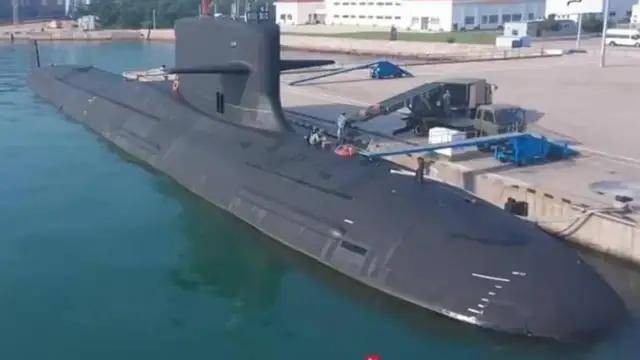
Finally, I must say that in fact, the performance of Chinese Navy nuclear submarines before 09III was very average. In the 1990s, Americans rumored that "when Chinese Navy nuclear submarines leave port, the underwater noise can be heard in Hawaii"... This joke was made in the 1990s All veteran military fans know this.
Although it is an exaggeration, the Type 09I nuclear submarine has a large underwater acoustic noise, and the nuclear reactor design needs to be improved. The underwater acoustic system is probably only equivalent to the level of the Soviet Union in the 1970s. The war mine system is improved from the Type 033 conventionally powered submarine. This is also true. , which undoubtedly further limits the Chinese Navy's ability to use attack nuclear submarines.
In terms of naval strategy, the Chinese Navy has been pursuing an offshore defense strategy for a long time. On the one hand, we face a geostrategic environment that is constantly blocked by island chains; on the other hand, our surface ship strength has been relatively weak for a long time.
Relying only on a small number of destroyers, frigates, a large number of missile speedboats, and ocean-going intelligence, navigation, rescue and other support capabilities simply cannot ensure the safety of ocean-going operations. It is very difficult for surface ships to leave the island chain. Then the submarine force, which lacks the cover of surface ships, has very few opportunities to leave the island chain in peacetime, and even less opportunities to leave the island chain before wartime.
Therefore, the Chinese Navy's maritime military strategy has always had little demand for attack nuclear submarines. Since the island chain cannot escape anyway, attack nuclear submarines are even inferior to conventionally powered submarines in some cases when operating in offshore waters.
Recently, the Chinese Navy also disclosed an AIP submarine suspected to be code-named Type 039C, which is known as the world's top conventionally powered submarine.
Therefore, from the perspective of the Chinese navy's military strategy, whether it is an attack nuclear submarine or a conventionally powered submarine, they all have the same force usage rules. Not even as good as conventional powered submarines.
The combination of these two factors determines that attack nuclear submarines have not actually occupied a dominant position in the Chinese Navy's military strategy for a long time. Conventional-powered submarines have dominated.
Development of nuclear submarines
So as time goes by, why has the equipment construction of the Chinese Navy's submarine force changed from mainly conventionally powered submarines with a small number of nuclear-powered submarines used for both combat and scientific research to the current one of "nuclear and conventional, nuclear-powered"? "Lord"?
Type 09III nuclear attack submarine
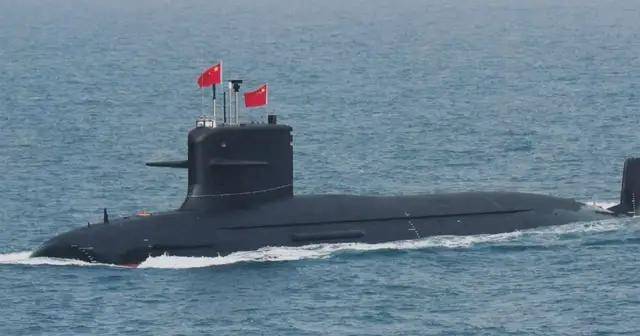
From the equipment level, the equipment performance of the Chinese Navy's nuclear submarines has essentially improved. Starting from the 09III type nuclear submarine, the performance of the Chinese Navy's nuclear submarines has embarked on a fast track. The performance of the 09III basic type is probably the same as that of the U.S. Navy's 637 The Type "Sturgeon" class attack nuclear submarine and the Soviet Red Navy Type 671PTM "Viktor" class attack nuclear submarine are equally matched.
However, with continuous improvement, the performance of the later Type 09III nuclear submarine has been able to catch up with the later improved version of the U.S. Navy's Type 688 "Los Angeles" class attack nuclear submarine, and even surpassed it in some key performances such as the performance of the hydroacoustic system. .
Looking at the entire development history of nuclear submarines, that is, the United States and the Soviet Union during the Cold War were able to achieve such high efficiency in the technological leap forward of nuclear submarines. But in any case, with the emergence of the later version of the Type 09III attack nuclear submarine, the Chinese Navy's nuclear submarine force has transformed from the previous scientific research + combat, average equipment performance, and average reliability to one with good equipment reliability, good equipment performance, and With the ability to actually carry out combat missions, it is natural that the nuclear submarine force can truly take the lead in combat missions.
At the same time, the Chinese Navy has also undergone corresponding changes in the field of maritime military strategy. From the previous offshore defense, it has now been fully transformed into distant sea protection and offshore offensive defense. Since it is a distant sea escort, an attack nuclear submarine with unlimited endurance and long self-sustainability is an indispensable piece of equipment.
After all, with the endurance and self-sustainability of a conventionally powered submarine, even with an air-independent propulsion device, it is almost impossible for its operating radius to go too far beyond the first island chain, especially in the sea area outside the first island chain of the main imaginary enemy. Due to long-term preset battlefield construction and a large number of fixed-wing anti-submarine aircraft, it is too dangerous for conventionally powered submarines to use snorkels to charge and ventilate in this sea area under any circumstances.
Therefore, to protect the oceans, nuclear submarines must exist. Even in offshore offensive defense, the advantages of attack nuclear submarines are quite obvious. What we now call offshore defense has already expanded from the original offshore defense to beyond the first island chain, from the previous continental shelf sea area to the adjoining area of the continental shelf and deep sea. In this area, there are a large number of deep water sea areas. As long as there is deep water sea area, then it must be dominated by attack nuclear submarines.
Whether in terms of diving depth, speed, or the use of various hydroacoustic systems, attack nuclear submarines that cannot exert their full effectiveness in shallow waters can be said to be like a duck in water in deep waters. The transformation of China's navy's military strategy also calls for more Attack nuclear submarine.
Type 09IV strategic nuclear submarine

At the same time, we should also mention the change in the Chinese Navy's nuclear strategy. In fact, in the 09II era, the Chinese Navy basically did not have sea-based nuclear counterattack capabilities. The nature of the 09II test was too serious, until the last few years of the 09IV nuclear submarine. Only with this ship can our sea-based nuclear counterattack force have practical significance.
As the Rocket Force's strategic nuclear counterattack force is built more and more deeply, the construction of sea-based nuclear counterattack force will inevitably receive the same attention. This also determines that in the future, the Chinese Navy's nuclear submarine force will not only strengthen the construction of attack nuclear submarine force, but also It will also strengthen the construction of ballistic missile nuclear submarine forces. No matter in terms of quantity or quality of ballistic missile nuclear submarines, equipment or operational intensity, there will be a considerable improvement.
future submarine force
So, as the construction of the Chinese Navy's submarine force changes to "both nuclear and conventional, with nuclear as the main focus", what changes will we see with the naked eye for a long time to come?
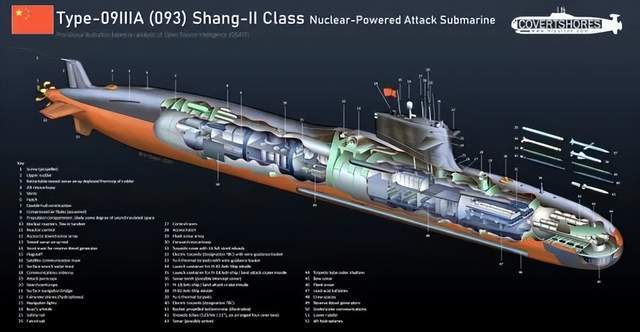
First of all, of course, the number of nuclear submarines has increased and their models have become more numerous. In fact, rumors about the Chinese Navy's new generation of attack nuclear submarines and ballistic missile nuclear submarines have been circulating for many years. Some time ago, an official model based on the Type 09III attack nuclear submarine and improved into a cruise missile nuclear submarine was leaked on the Internet.
It can be found that these things are not groundless. The Chinese Navy's nuclear submarines have been piecemeal for a long time, and only one is built every few years. Then it is very likely that our nuclear submarines will also have dumplings in the future, and nuclear submarines will be manufactured just like destroyers. .
Secondly, it is in the actions of the nuclear submarine force. In fact, CCTV News has disclosed that the Chinese Navy's nuclear submarine force has achieved normalized cruises. Of course, the normalized cruises of the nuclear submarine force are just the beginning, from the normalized cruise of the attack nuclear submarine force to the normalized ballistic missile submarine force. From cruising to the guided missile cruise of the ballistic missile submarine force, there is still a long way to go.
Judging from the activities of the nuclear submarine forces of the United States and the Soviet Union during the Cold War, the nuclear submarine forces of the two countries still have a repertoire, which is to lurk in each other's offshore or even offshore waters. For example, when they surface late at night, they can see the lights of New York, and then Use the periscope to take a photo to check in, which means that I am here for a visit. This may be the highest honor of the attack nuclear submarine force.
Recently, Taiwanese media reported that Taiwanese fishermen encountered a Chinese Navy submarine floating in the Taiwan Strait.
Although we now have rumors, for example, Dad Dang and Uncle Dang said that the Chinese Navy's submarine force also has such photos, but there is no one that has actually been made public. We hope that at some point in the future, the Chinese Navy's nuclear submarine force can let us take a look at Tokyo Bay. The lights, or look at the lights in Los Angeles, the lights in New York, we are looking forward to this day!





